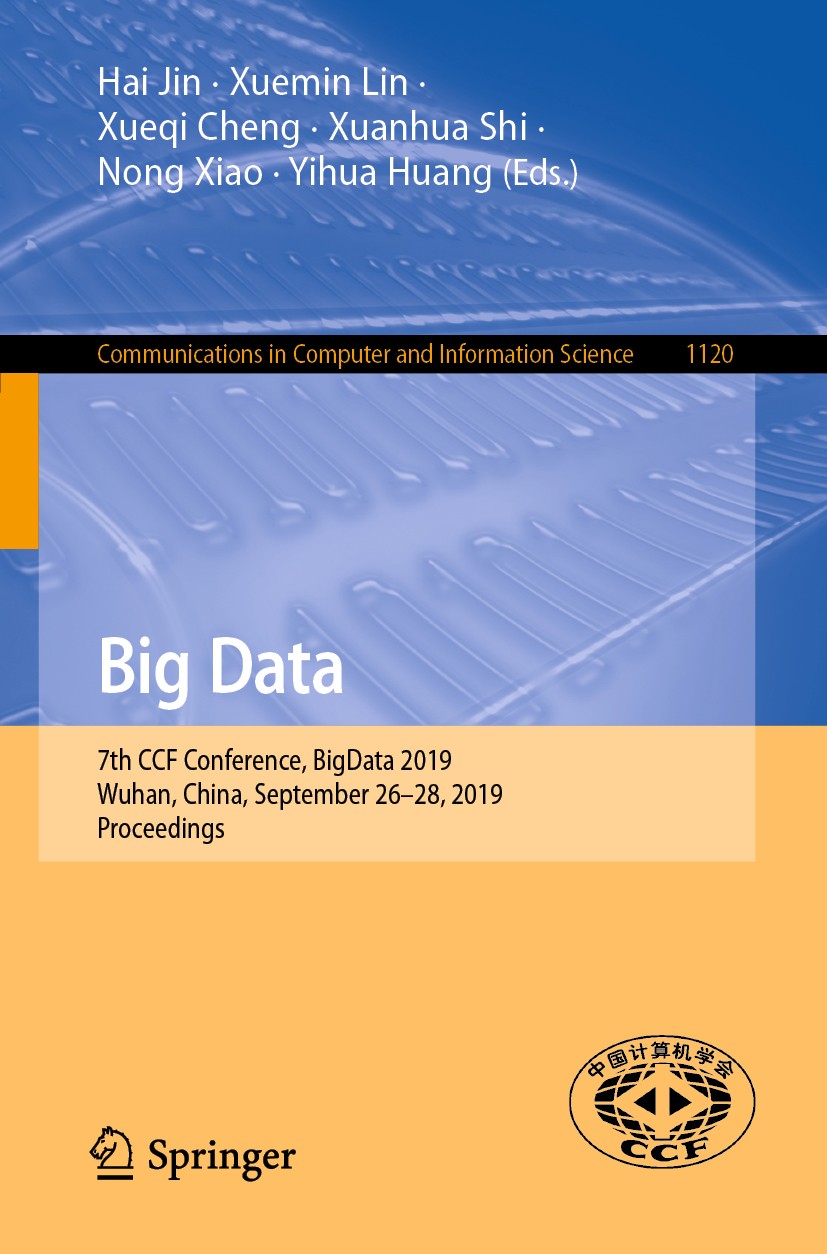| 期刊全称 | Big Data | | 期刊简称 | 7th CCF Conference, | | 影响因子2023 | Hai Jin,Xuemin Lin,Yihua Huang | | 视频video | http://file.papertrans.cn/186/185573/185573.mp4 | | 学科分类 | Communications in Computer and Information Science | | 图书封面 |  | | 影响因子 | .This book constitutes the proceedings of the 7th CCF Conference on Big Data, BigData 2019, held in Wuhan, China, in October 2019..The 30 full papers presented in this volume were carefully reviewed and selected from 324 submissions. They were organized in topical sections as follows: big data modelling and methodology; big data support and architecture; big data processing; big data analysis; and big data application.. | | Pindex | Conference proceedings 2019 |
The information of publication is updating

|
|
 |Archiver|手机版|小黑屋|
派博传思国际
( 京公网安备110108008328)
GMT+8, 2025-11-11 14:01
|Archiver|手机版|小黑屋|
派博传思国际
( 京公网安备110108008328)
GMT+8, 2025-11-11 14:01


